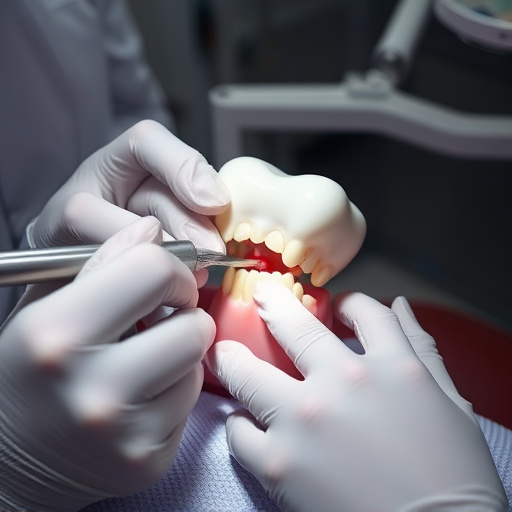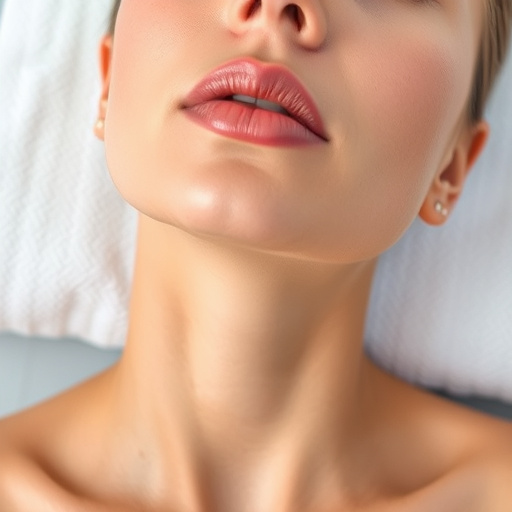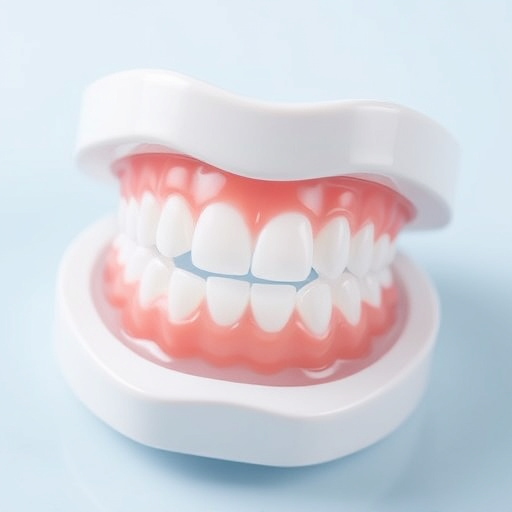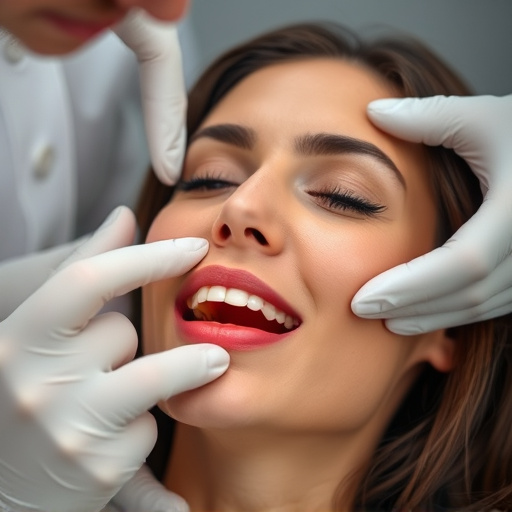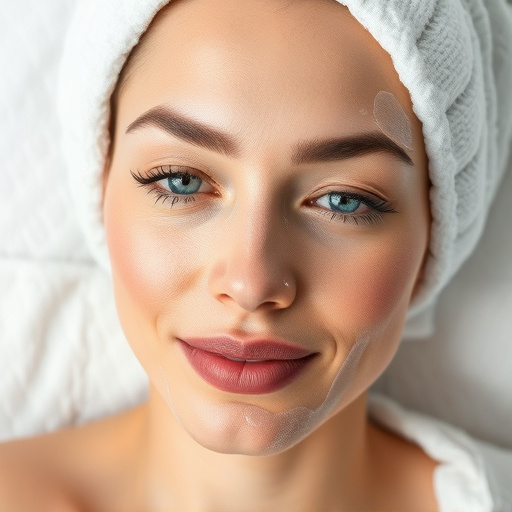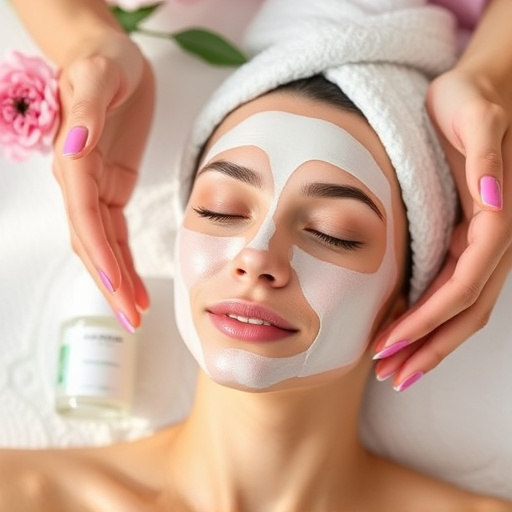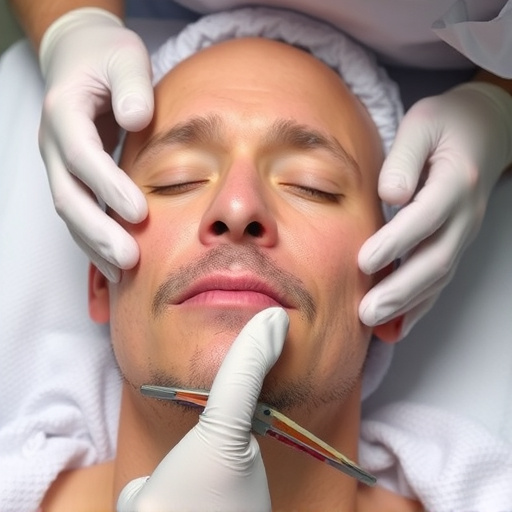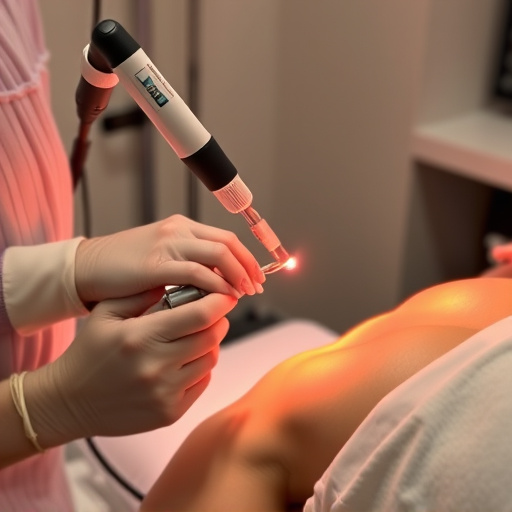Rosacea, a complex skin condition with various triggers, requires understanding individual flare-ups to manage effectively. Topical medications, laser therapy, and oral antibiotics are treatment options. A holistic approach combining lifestyle changes like gentle skincare, stress management, antioxidant-rich foods, sun protection, exercise, and facial treatments offers long-term rosacea treatment.
Discover effective rosacea treatment options that truly work. Rosacea, characterized by redness and bumps on the face, can be managed through a combination of strategies. This article explores comprehensive approaches, including understanding the causes and triggers of rosacea, topically applied creams and medications, and essential lifestyle changes for lasting relief. Uncover the best practices to tame this skin condition and reclaim your confidence.
- Understanding Rosacea: Causes and Triggers
- Topical Treatments: Creams and Medications
- Lifestyle Changes for Long-Term Relief
Understanding Rosacea: Causes and Triggers

Rosacea is a chronic skin condition that affects millions worldwide, characterized by redness, small pus-filled bumps, and enlarged blood vessels on the face. While its exact cause remains unknown, it’s understood to involve a combination of genetic predisposition, environmental factors, and changes in facial blood flow. Triggers for rosacea flare-ups vary from person to person but can include sun exposure, certain foods, stress, makeup, and even specific types of skin care products.
Understanding these causes and triggers is the first step in managing and treating rosacea effectively. Knowing what sets off the condition allows individuals to make informed decisions about their skin care routine and lifestyle choices. This may involve avoiding known triggers, adopting a gentle skincare regimen, and exploring various rosacea treatment options, including topical medications, laser therapy, and even oral antibiotics.
Topical Treatments: Creams and Medications

Topical treatments play a significant role in managing rosacea, offering both short-term relief and long-term improvements. Creams formulated with specific ingredients like azelaic acid, glycerin, or hyaluronic acid can help hydrate the skin, reduce redness, and minimize the appearance of enlarged pores. These products are easily accessible and often the first line of defence for many individuals seeking rosacea treatment.
Medications such as topical antibiotics, retinoids, or anti-inflammatory drugs are also commonly prescribed by dermatologists. Non-surgical treatments like laser therapy can target specific skin concerns associated with rosacea, including broken blood vessels and bumpy texture. Professional skincare routines tailored to address these symptoms can provide significant improvements in the condition’s management, ensuring a clearer, healthier complexion.
Lifestyle Changes for Long-Term Relief

For long-term relief from rosacea, implementing certain lifestyle changes can significantly impact your skin’s health. One crucial step is adopting a gentle skincare routine and avoiding triggers that can flare up the condition. This includes using mild, fragrance-free products suitable for sensitive skin to prevent irritation. Additionally, managing stress through techniques like meditation or exercise can help reduce symptoms as stress is often linked to rosacea outbreaks.
Diet also plays a role in maintaining healthy skin. Incorporating antioxidant-rich foods like fruits and vegetables into your meals can boost your skin’s resilience. Staying hydrated by drinking plenty of water is another essential practice. Moreover, sun protection is vital; wearing sunscreen daily helps prevent damage from UV rays, which can exacerbate rosacea. Consider incorporating gentle facial treatments like chemical peels to exfoliate the skin and reduce redness, alongside regular exercise to improve blood circulation and overall skin health.
Rosacea is a complex condition, but with the right approach, effective rosacea treatment is achievable. By understanding your triggers, exploring topical treatments, and adopting lifestyle changes, you can significantly reduce symptoms and regain control of your skin’s health. Remember, consistency is key; combine these strategies for long-term relief and improved overall complexion.
